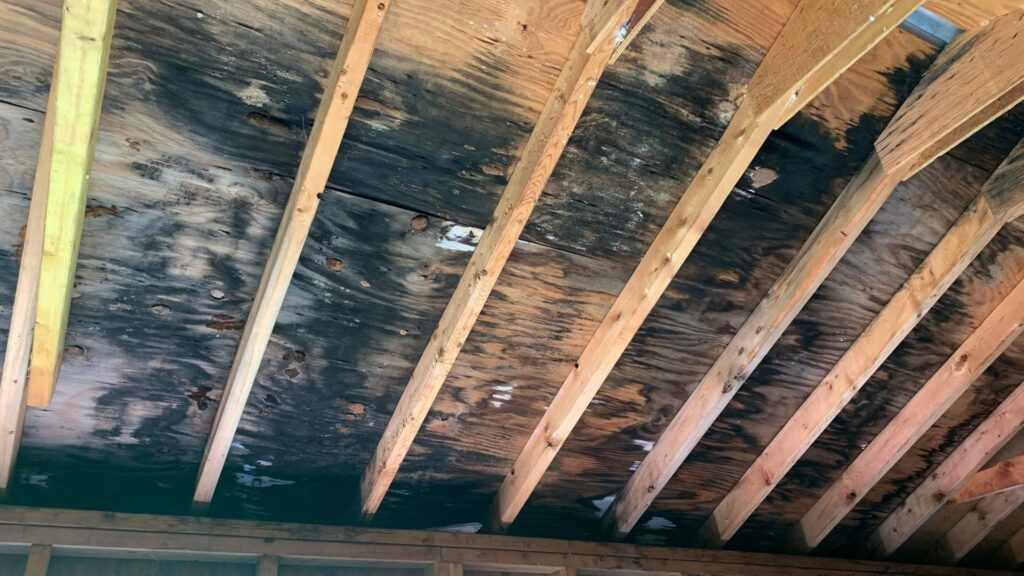
Nestled beneath your home lies a crucial yet often neglected space – the crawl space. While hidden from plain sight, it plays a vital role in your home’s structural integrity. However, this area is also susceptible to mold growth, which can pose serious health risks and structural damage. Identifying signs of mold in your crawl space is essential to maintain a healthy living environment. In this comprehensive guide, we’ll explore the telltale signs that indicate the need for crawl space mold remediation.
Musty Odors
One of the initial signs of mold growth in your crawl space is a distinctive musty odor. Mold emits volatile organic compounds (VOCs) that create a stale, earthy smell. If you notice such odors seeping into your living space from below or upon entering the crawl space itself, it could signify a mold infestation.
Visible Mold Growth
Visibly spotting mold growth is a clear indicator that remediation is necessary. Mold often appears as black, green, or brown patches on surfaces like walls, insulation, or wooden beams. Sometimes it might resemble a fuzzy or powdery substance. Any signs of mold growth, regardless of the size, should be addressed promptly to prevent further spread.
Water Intrusion or Moisture Problems
Excessive moisture in the crawl space provides an ideal environment for mold to flourish. Water intrusion from plumbing leaks, poor drainage, or high humidity levels can create a breeding ground for mold. Check for signs of standing water, dampness on surfaces, or condensation, as these indicate a moisture issue requiring immediate attention.
Health Symptoms
Unexplained health issues such as respiratory problems, allergies, or persistent cold-like symptoms among household members may stem from mold in the crawl space. Mold spores released into the air can cause irritation, allergic reactions, and exacerbate existing health conditions. If health problems persist without a clear cause, consider investigating your crawl space for mold.
Structural Damage
Mold doesn’t just threaten health; it can compromise the structural integrity of your home. Continual exposure to moisture and mold weakens wooden beams, support pillars, and even the foundation, leading to potential structural damage over time. Any visible signs of structural deterioration should prompt immediate mold remediation efforts.
Increased Energy Bills
Surprisingly, mold in the crawl space can impact your home’s energy efficiency. Insulation damaged by mold loses its effectiveness, causing increased heating or cooling expenses. If you notice a sudden spike in your energy bills without a reasonable explanation, it might be linked to compromised insulation due to mold growth.
Pest Infestations
Mold and pests often coexist. A crawl space infested with rodents, insects, or other pests could indicate the presence of mold. Pests are attracted to moisture-rich environments, and their presence might lead to disturbing mold growth as they can carry spores with them.
Conclusion
Your home’s crawl space might be out of sight, but it should never be out of mind. The signs of mold in this area are subtle yet crucial indicators of potential hazards to your health and home. Regular inspections, prompt identification of signs, and timely mold remediation efforts are vital in maintaining a healthy living environment and safeguarding your home’s structural integrity. By staying vigilant and addressing these signs promptly, you can ensure a safe and mold-free living space for you and your family.
Remember, if you suspect mold in your crawl space, it’s best to consult with professionals experienced in crawl space mold remediation to assess and address the issue effectively.